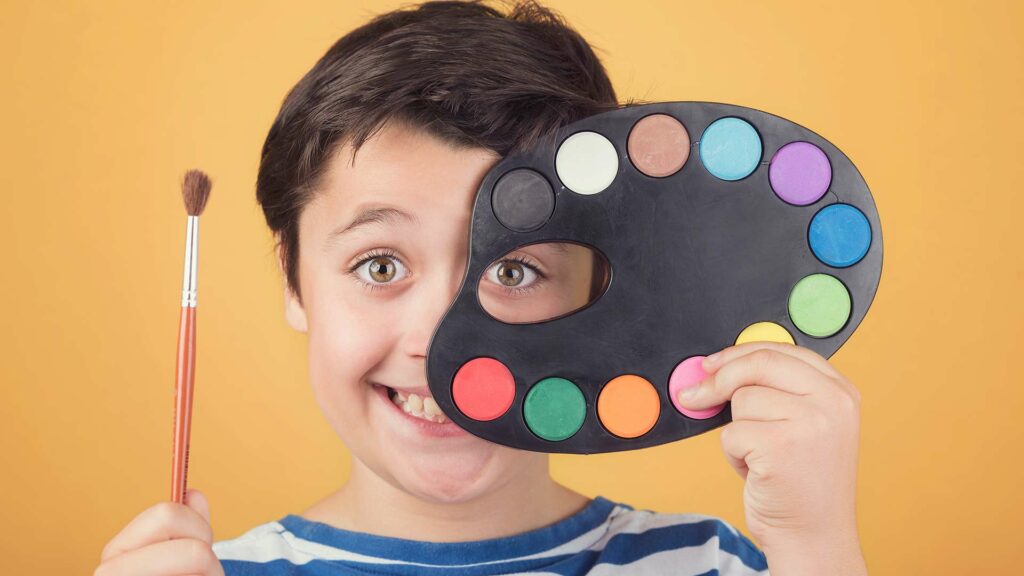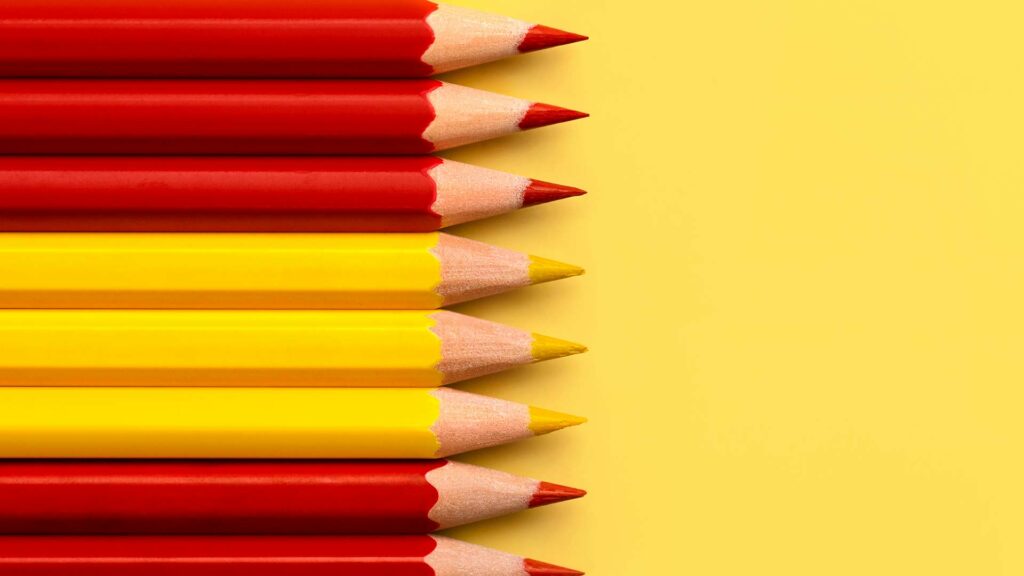It’s no secret that children are drawn to color. From the earliest age, they are attracted to bright, bold hues and are fascinated by all the different colors around them. But did you know that colors can actually have a profound effect on children?

Keep reading to learn more about how colors can influence your child’s behavior, mood, and even their cognitive development.
1. Red
Red is often used to stimulate the appetite, which is why it’s such a popular color for restaurant walls and menus. However, red can also be a very intense color, so it’s best used in moderation when it comes to children’s rooms and toys. Too much red can actually be quite overwhelming for young children and may lead to agitated or aggressive behavior.
The color red can have a significant effect on children when they are coloring in with colored pencils or crayons. Red is a bold and vibrant color that can evoke feelings of excitement or energy. When children use red in their drawings, it can help them to express these emotions and convey a sense of strength and power in their art. It is important to encourage children to use a range of colors in their coloring activities and help them to understand the different emotions that each color can convey.
2. Yellow
Yellow is the color of happiness and sunshine, so it’s no surprise that it’s often used in nurseries and classrooms. Yellow is known to stimulate mental activity and encourage communication, so it’s a great color to use if you want to help your child learn and grow. However, yellow can also be a very intrusive color, so it’s important not to overdo it.
Yellow is a cheerful color that can bring happiness and warmth to a child’s drawing. It symbolizes creativity and is a great choice for art projects that require imagination and originality.

3. Blue
Blue is a calming color that is associated with peace and serenity. It’s often used in bedrooms and playrooms as it can help young children feel more relaxed and comfortable. too much blue can actually have the opposite effect, though, leading to feelings of sadness or loneliness.
When coloring in with blue crayons or colored pencils, children can create a sense of tranquility in their artwork, helping to promote a sense of calm and peacefulness. Blue is also associated with trust and reliability, making it a good choice for coloring in characters that represent these qualities.
4. Green
Green is the color of nature and is often used to promote feelings of balance and harmony. It’s a great color for kids who need help focusing or who tend to be easily distracted. Green is also thought to have a soothing effect on the nervous system, making it ideal for children who suffer from anxiety or stress.
Children can use green crayons or colored pencils to create images of trees, grass, and other elements of the natural world. It’s a great color choice for art projects that promote well-being, relaxation, and healing.
5. Purple
Purple is a regal color that is often associated with royalty and power. It’s thought to stimulate the imagination and inspire creativity, making it a great choice for kids who enjoy art or imaginative play. However, purple can also be a very overwhelming color, so again, it’s important not to use too much of it.
Purple a mix of red and blue, balancing energy and calm. Children can use purple crayons or colored pencils to create images that convey mystery, inspiration, and imagination.

Conclusion
There are many factors to consider when choosing colors for your child’s room or toys. In addition to your child’s favorite colors, you should also take into account the effects that different colors can have on your child’s behavior, mood, and cognitive development.
By using colors wisely, you can create a positive environment that will encourage your child to learn, grow, and thrive. Find out which colors your child likes best with the help of our coloring books.
